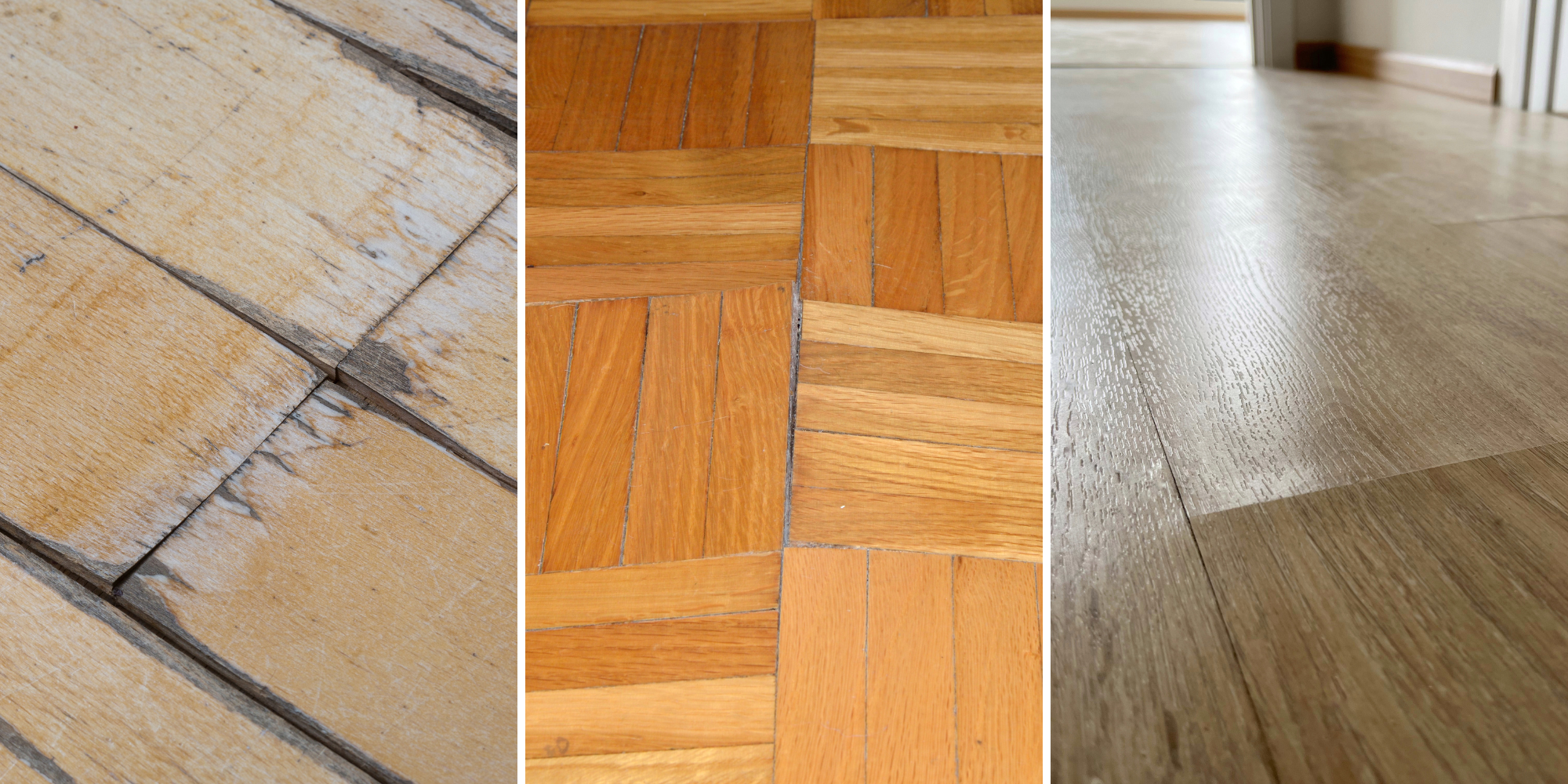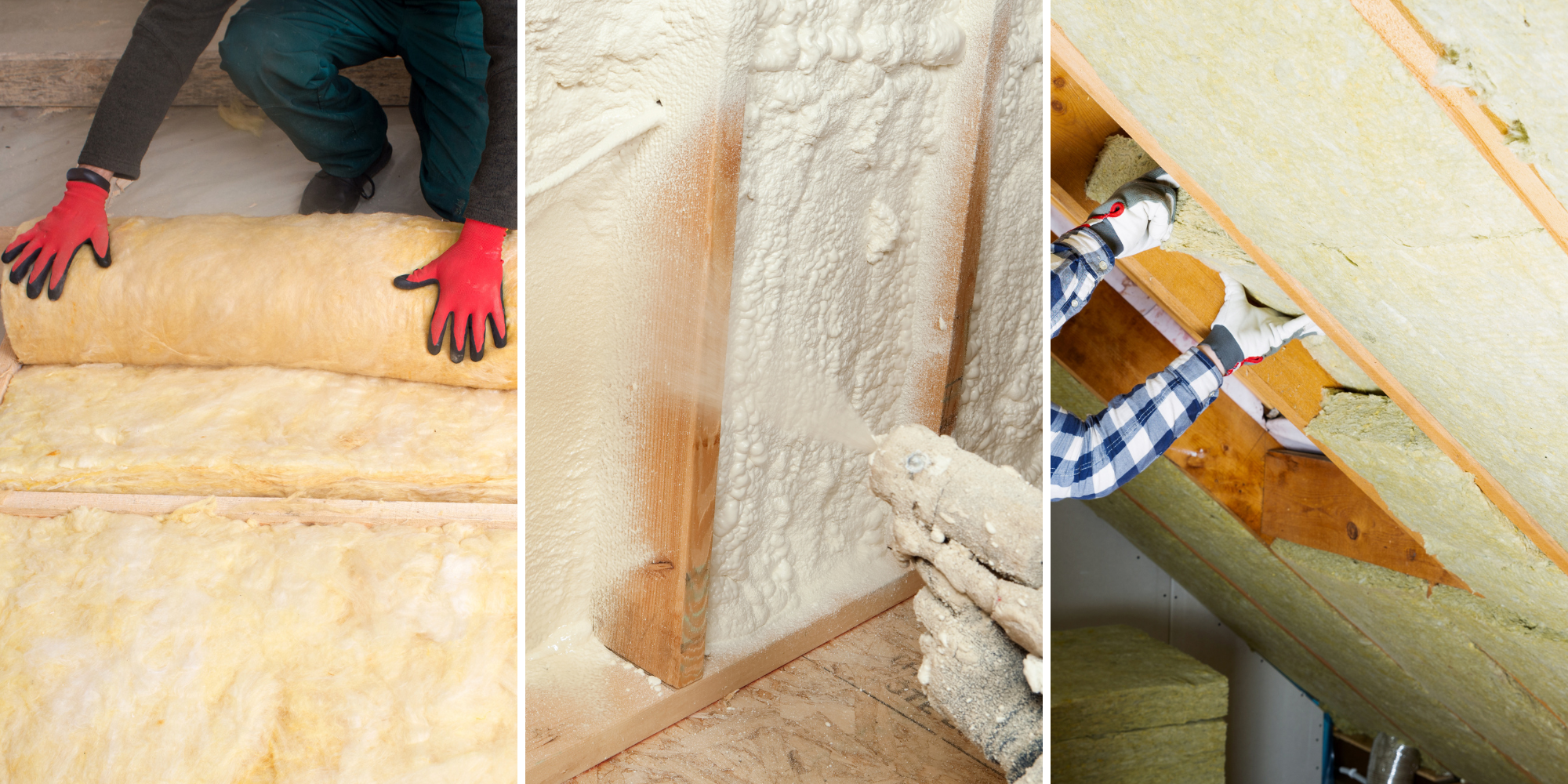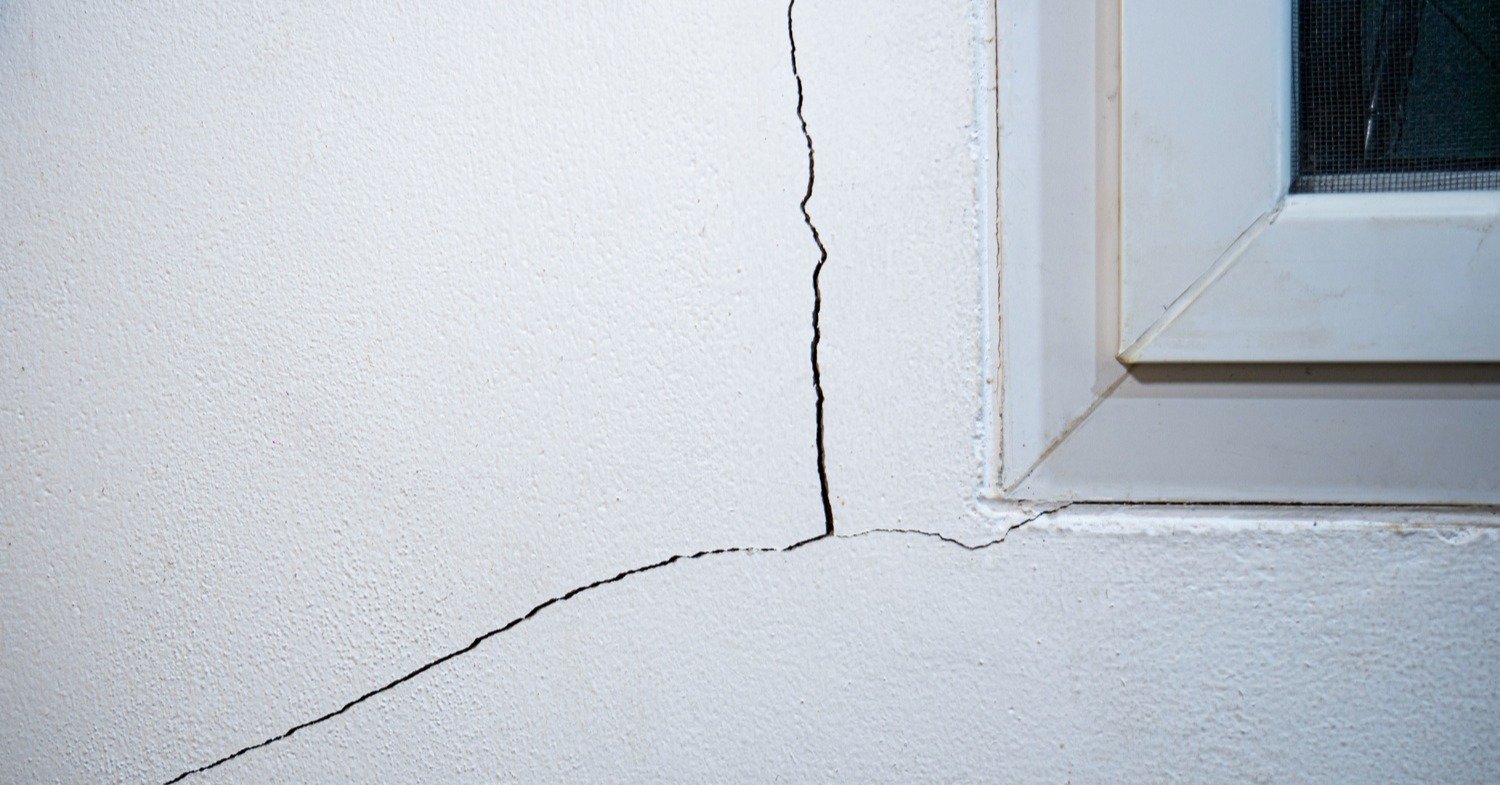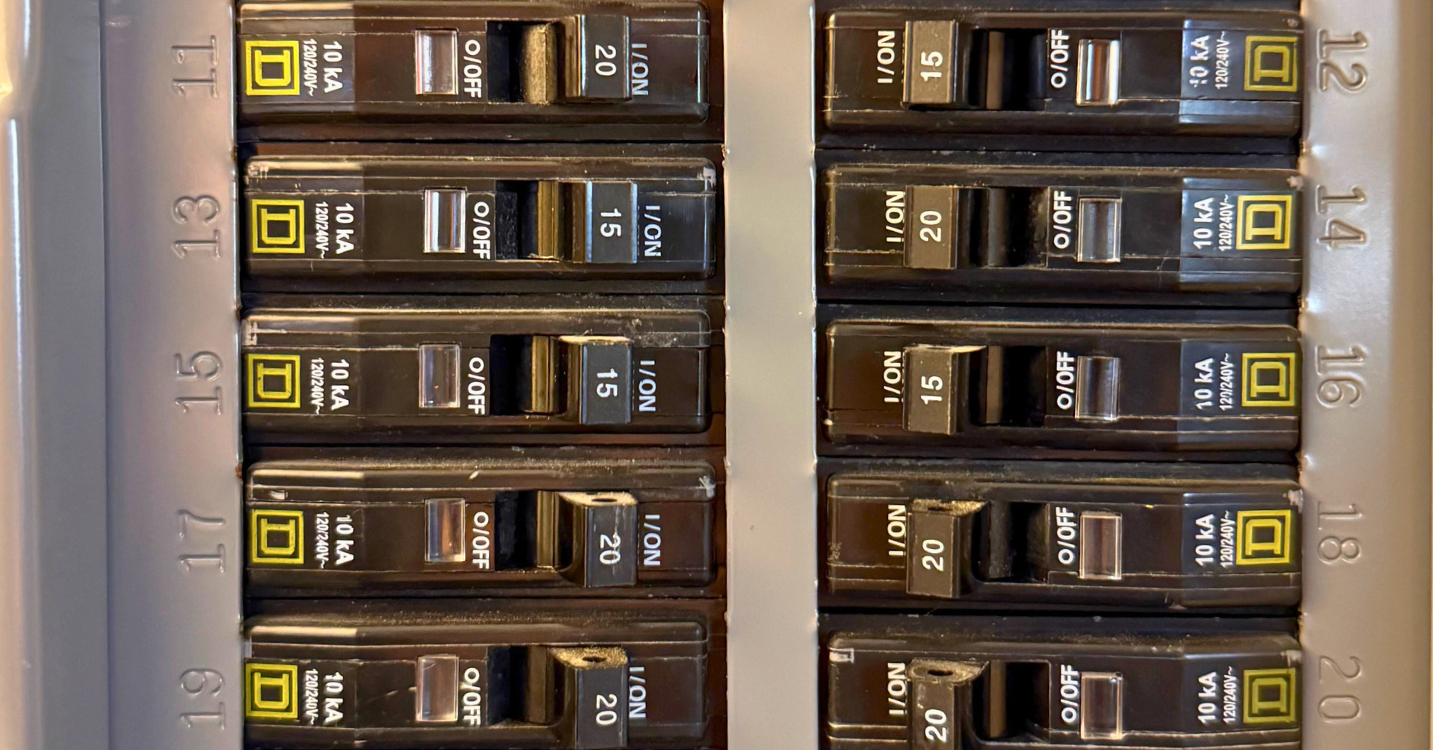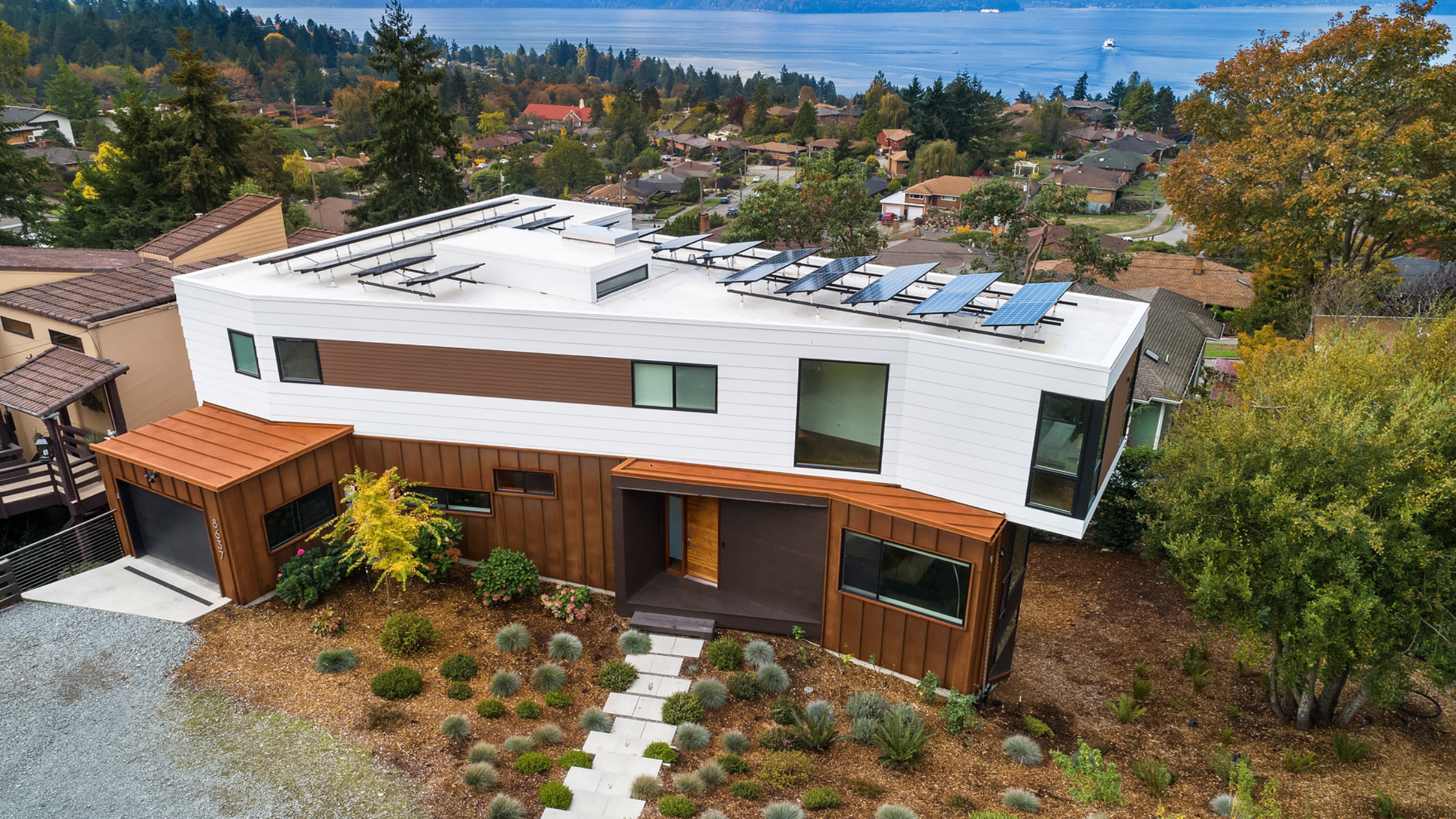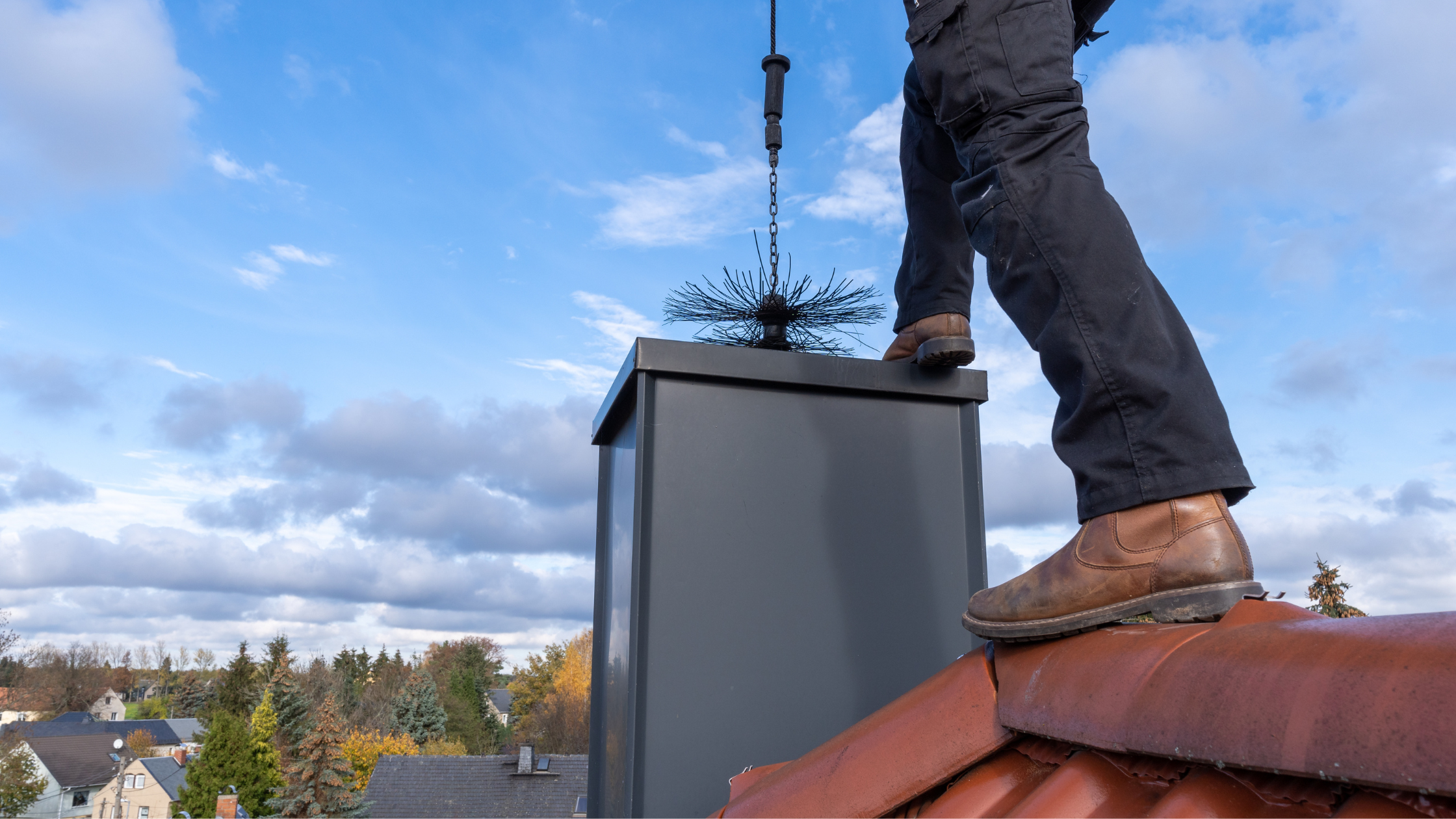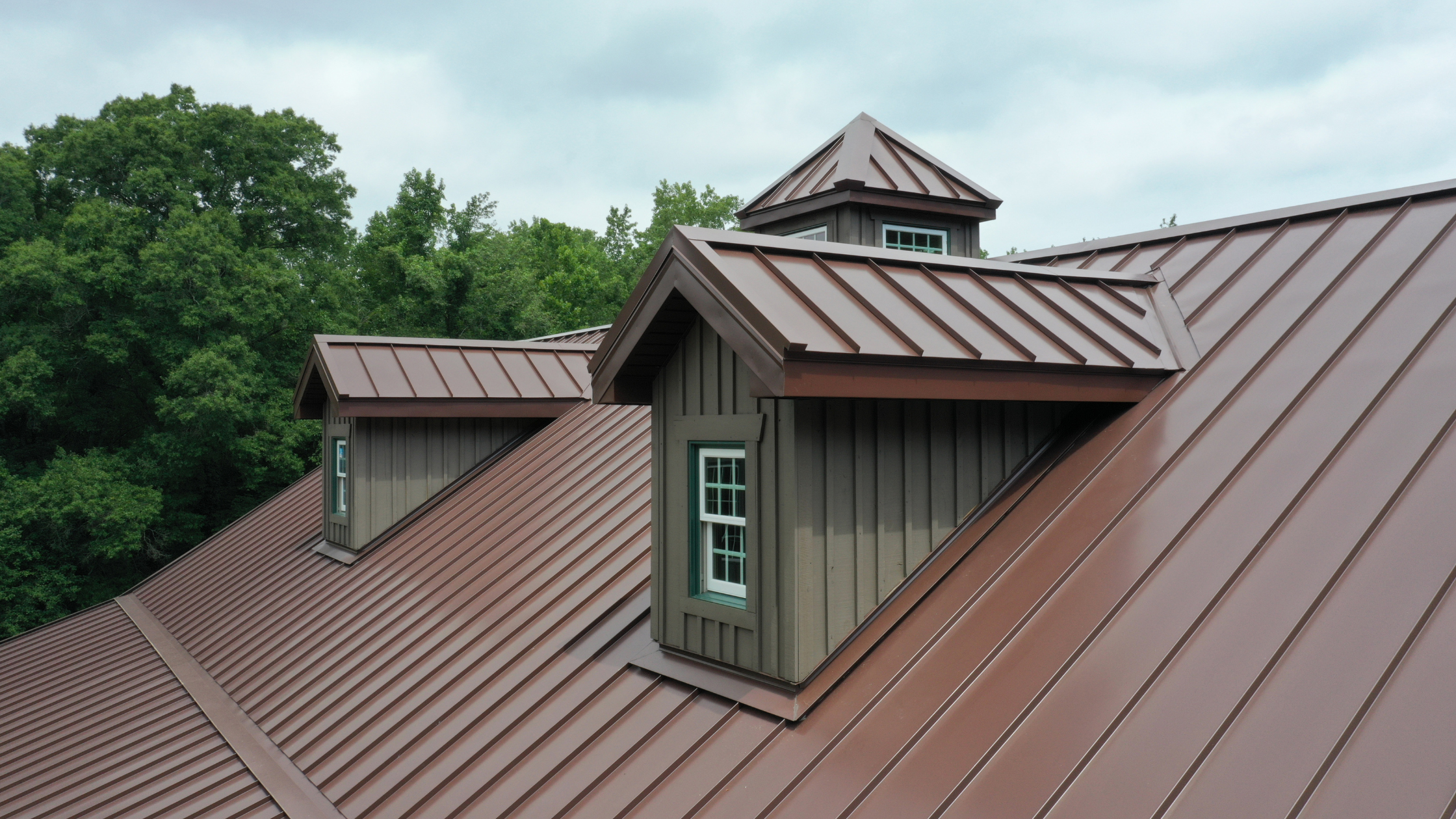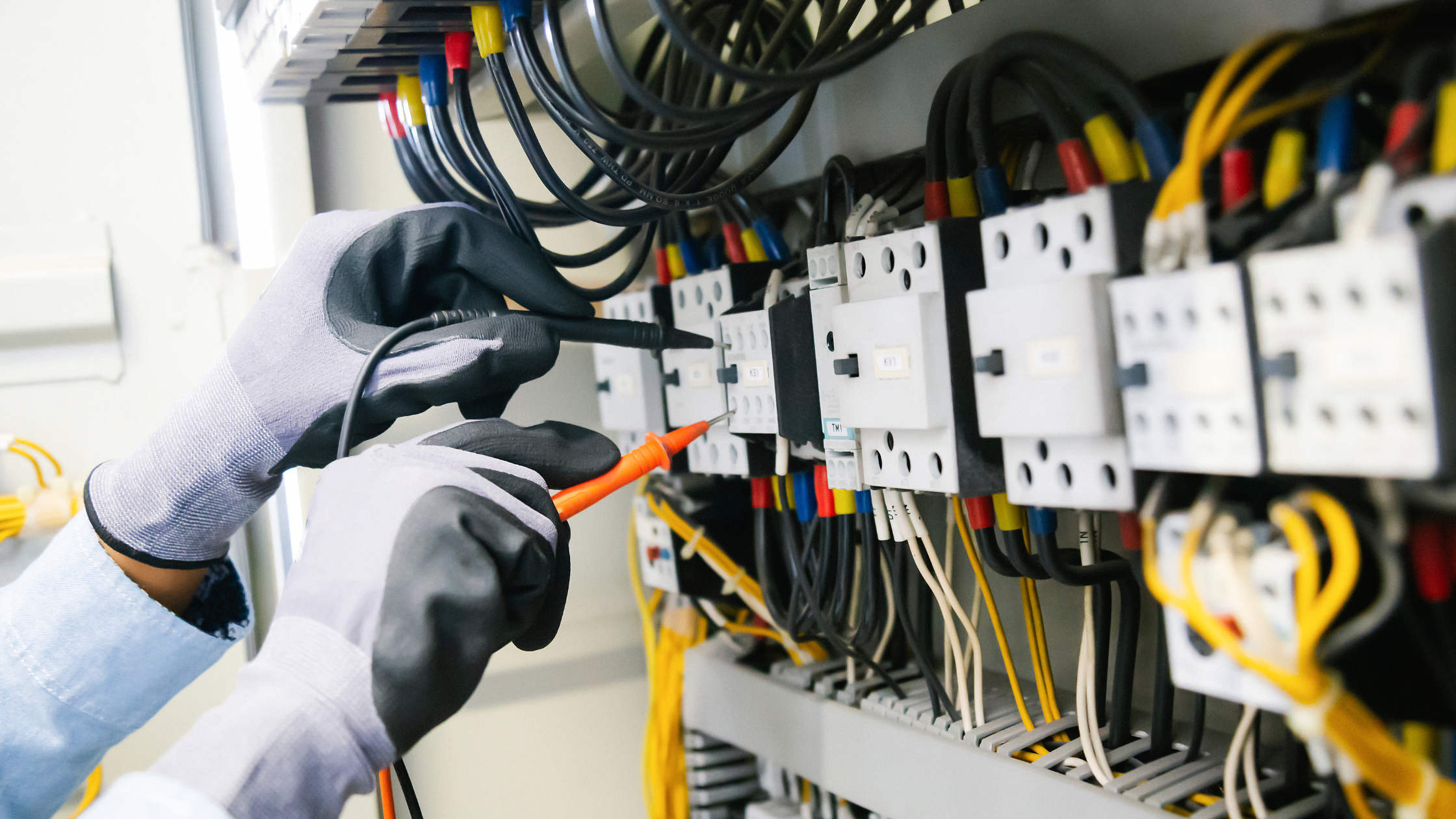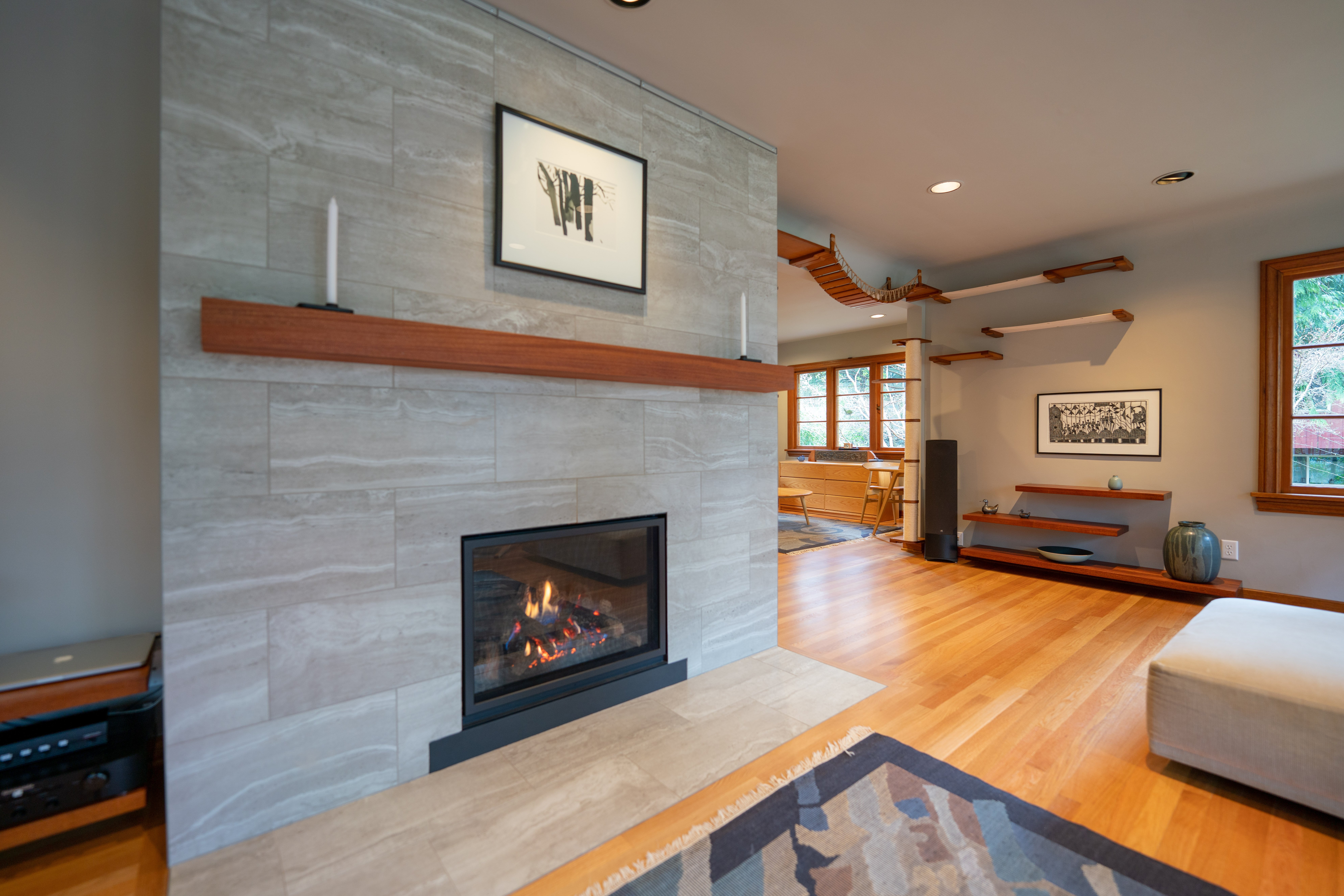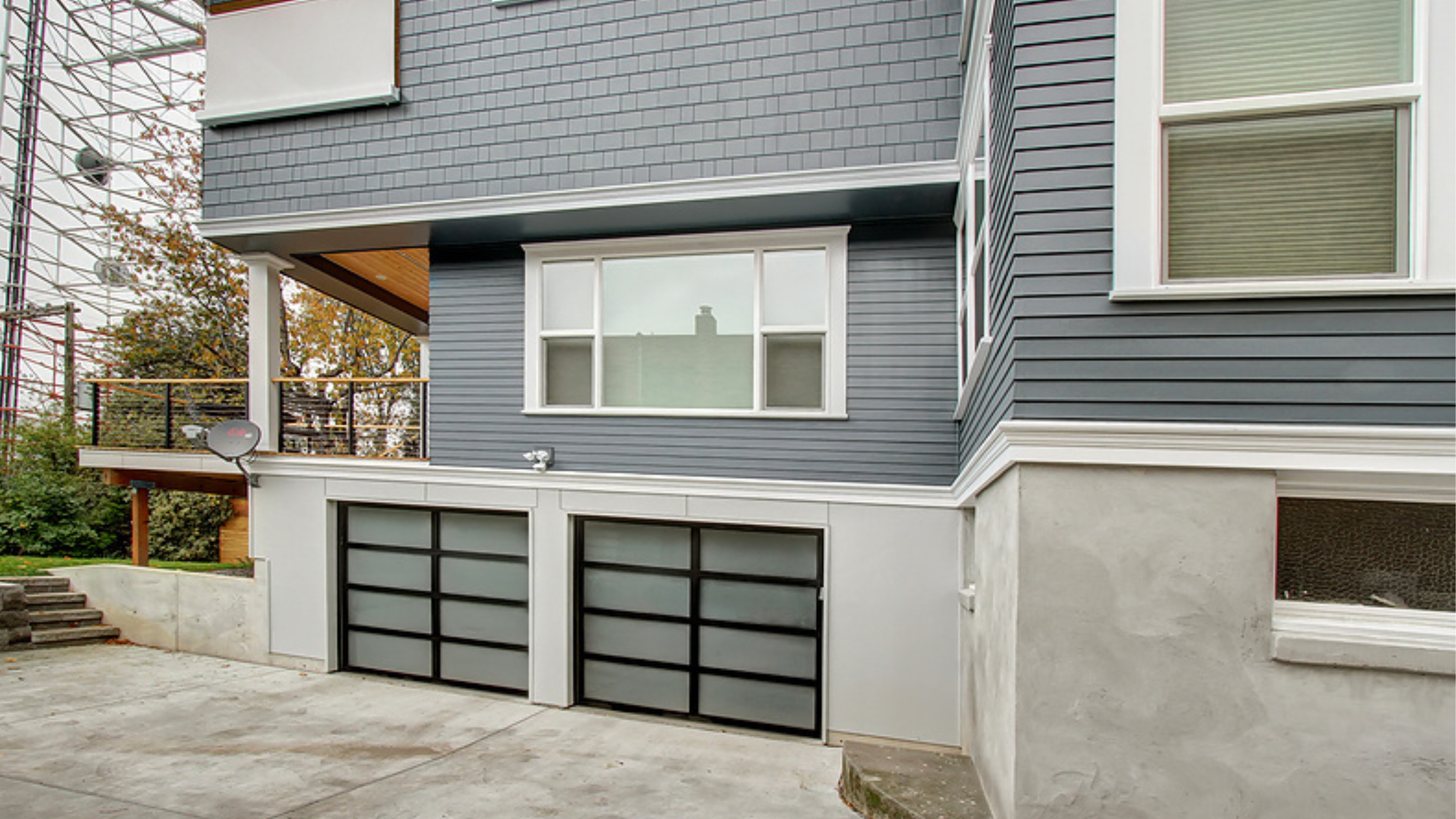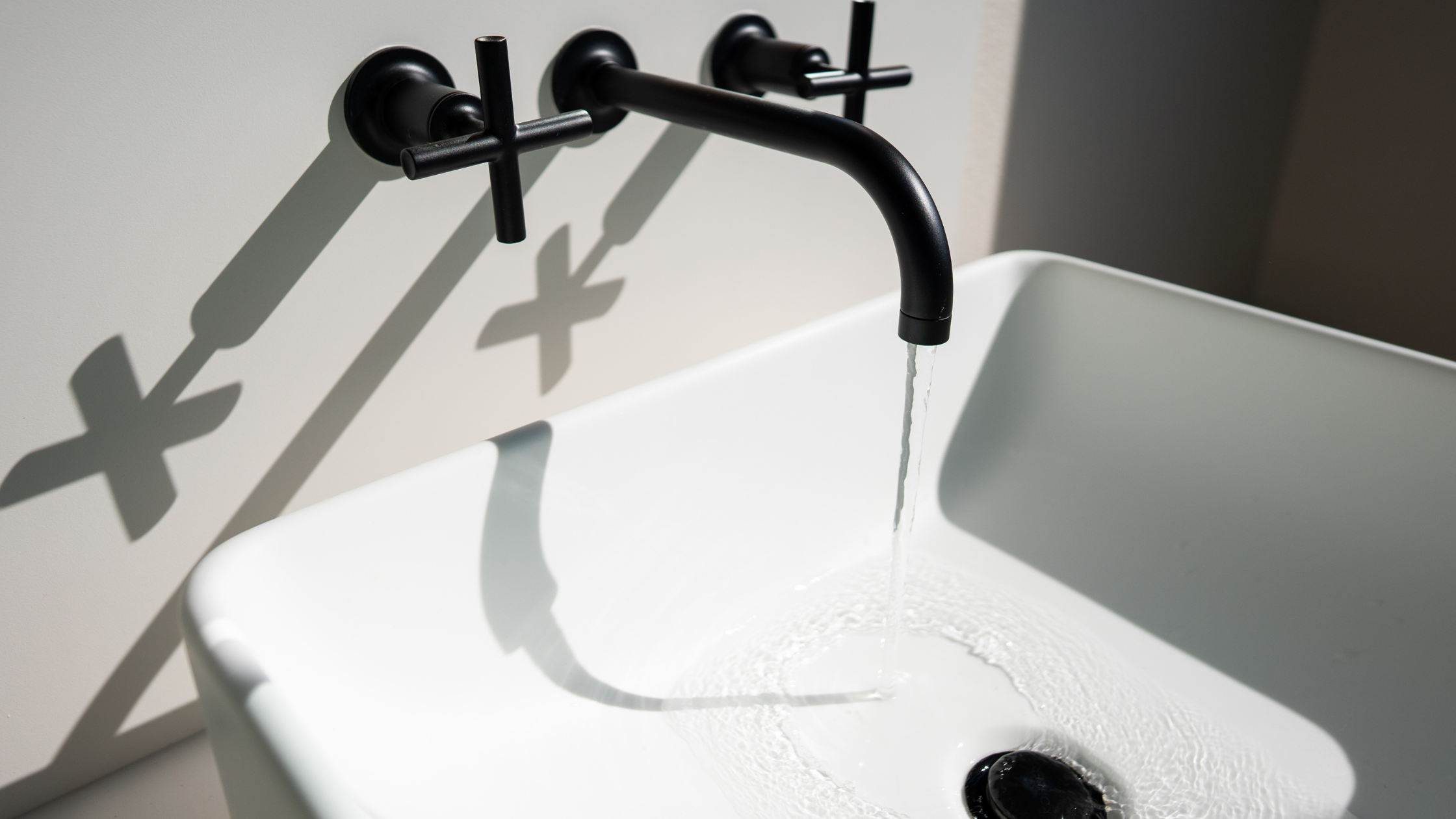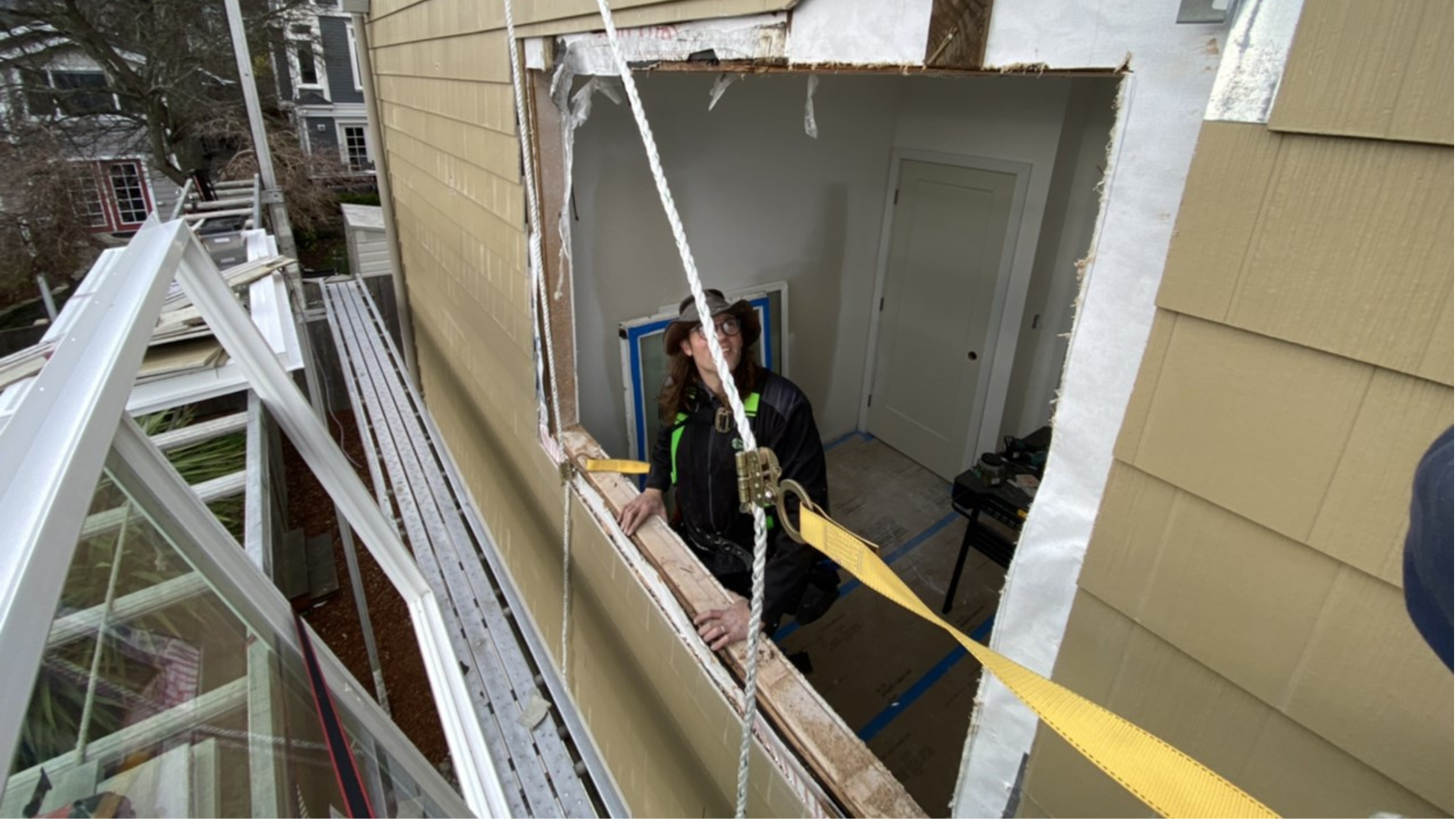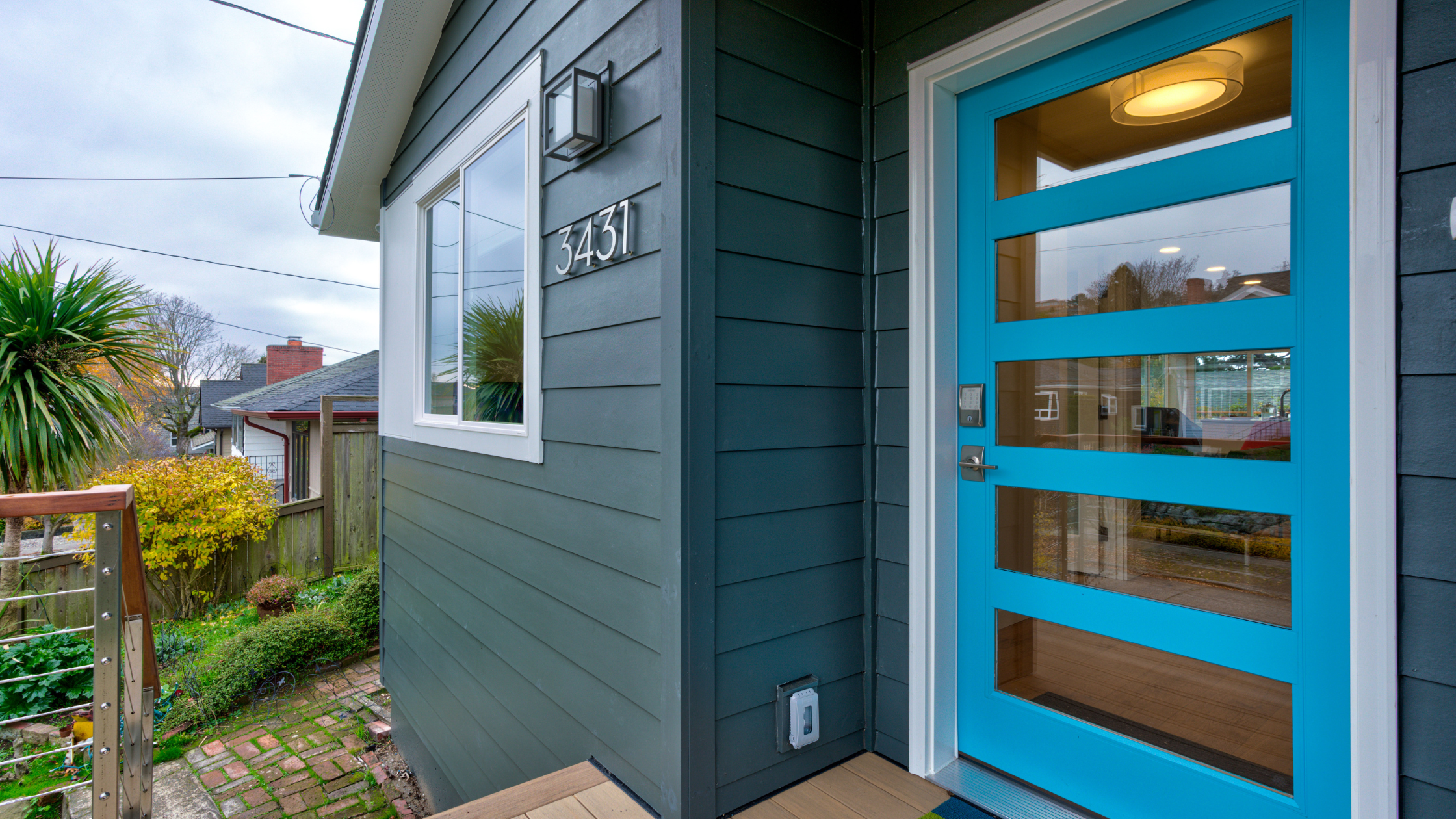Are you considering power washing your home's exterior but wondering if it's a task you should tackle yourself or leave to the professionals? While the idea of washing your home using a power washer may seem easy, there are crucial considerations to remember before diving into the DIY process. This blog post will explore the pros and cons of using power washing as a DIY project versus hiring a professional. By the end of this article, you'll better understand which option is best for you and your home.
What’s The Difference Between Power Washing and Pressure Washing?
Power washing your home uses a machine that heats the water and uses pressure and steam to clean. Pressure washing uses unheated pressurized water. A pressure washer can be high-volume/low-pressure or high-pressure/low-volume. High-volume/low-pressure washing is most commonly used to prevent water from being forced into places it doesn’t belong. You can buy or rent pressure washers with varying maximum PSI (pounds per square inch), which measures how much force the water hits the surface. You can also get various sprayer tips or degree nozzles that can push water out as a jet or a mist by varying the percentage of the spread.
How Do You Pressure Wash Your House Without Damaging It?
The easiest way to ensure your home’s exterior is cleaned correctly without causing damage is to hire a professional to do it for you. However, if you’re going to take on this project yourself, you need to be aware of the following:
- Properly prepare the space. Remember that water and electricity don’t mix - be sure to close all exterior electrical outlet covers or seal outlets off with duct tape. Wash cautiously around all exterior light fixtures and be mindful of powerlines overhead.
- If the DIY approach is for you, make sure you wear the proper protective gear: goggles, shoes, and gloves are the bare minimum. You may also want ear protection, coveralls, and a face shield.
- Position the spray so that it’s pointed downwards: (wash from top-down). To properly achieve this, you need to be above the area you’re spraying, i.e., this means you don’t stand on the ground and shoot water up toward the roof; you elevate yourself and the hose via scaffolding.

Houses are built to shed water from the top down, not the bottom up. Window flashings and the lap of the siding have all been designed for the opposite of pressure washing from the bottom up. The probability of forcing water into the interior of your structure is extremely high when using pressure and pointing the pressure washer upwards. Professionals will use ladders, mechanical lifts, or scaffolding to properly orient themselves to not force water infiltration. - If your home has vinyl siding, you need to consider the overlap of the vinyl when two pieces are horizontally placed together. You need to spray in the direction of the overlap so that you don’t force water into the wall behind the siding.
- Consider the strength of the material you’re applying water pressure to. The harder the material, the higher the pressure it will tolerate. For example: if you have wood siding and the pressure washer is dialed to its highest pressure with the pressure washer nozzle close to the wood, you will actually fray and damage the wood substrate. You always want to refer to the warranty and maintenance guide for the products you are washing.
- Research optimal distance from your home, siding material substrate type, pressure setting, and spray tip type. Different types of siding will have different optimal PSI for cleaning.
- Do not use a high-pressure washer on the roof because it will remove protective grit from the roof, potentially leading to roof failure. It’s unsafe for the person doing the wash, as well as the potential damage that can be done to the roof via the pressure washing. Likewise, be very cautious when spraying gutters because spraying this area can allow water to get underneath the roof and cause damage.
- There are many different kinds of cleaning solutions. Always read the recommended applications on the products you’re using. Also, consider the environmental impacts these products will have on the area around you and how the products will impact pets, animals, and children.
- The best time to wash your home can vary based on your siding material. For example, vinyl siding can get brittle in cold weather, and high-powered pressure water could crack it. Again, always refer to your product warranty and maintenance recommendations.
- Consider where the water is going throughout this process. Start with a test section to see where the water runoff is flowing. The water could cause leaks in the basement if it’s not flowing correctly away from the home. This could detract your project from home improvement and maintenance and redirect you to significant home repairs.
- While pressure washing your home, this is a great time for other general exterior inspections. Take note of bee or wasp nests and possible access points for rodents or birds, check areas where siding touches the ground for potential rot, and ensure gutters and downspouts are draining properly.
How Often Should You Pressure Wash Your House?
How often you need to pressure wash your home will vary depending on where you live. Your home will likely be pretty dirty if you live in the city. Ideally, you’d clean your home’s exterior twice a year. In suburban areas, it may depend on how wooded your lot is, how much traffic there is, the house aesthetic (a white home will show dirt easier than a brick home), etc. Remember, the cleaner the house, the less likely you’ll have moss and mildew growth. Moss likes to grow in organic material, so if you have dust and grime buildup, these are more likely to grow here. Environmental impact may lead you to need to wash more often. If your lot is highly wooded, debris from trees and shaded sides will grow easier. The same goes for homes built near water.
High-Pressure, High-Stakes
While many people assume pressure washing your home is simple, cleaning your home’s exterior safely and efficiently requires specific techniques and some serious effort. Following this advice will help set homeowners up for success, but hiring a professional to do this work for you will always be the best (and safest) option.
For more information on how to keep your home in top shape, download our eBook, “Redefining Home Maintenance: The Proactive & Essential Guide for Homeowners.”

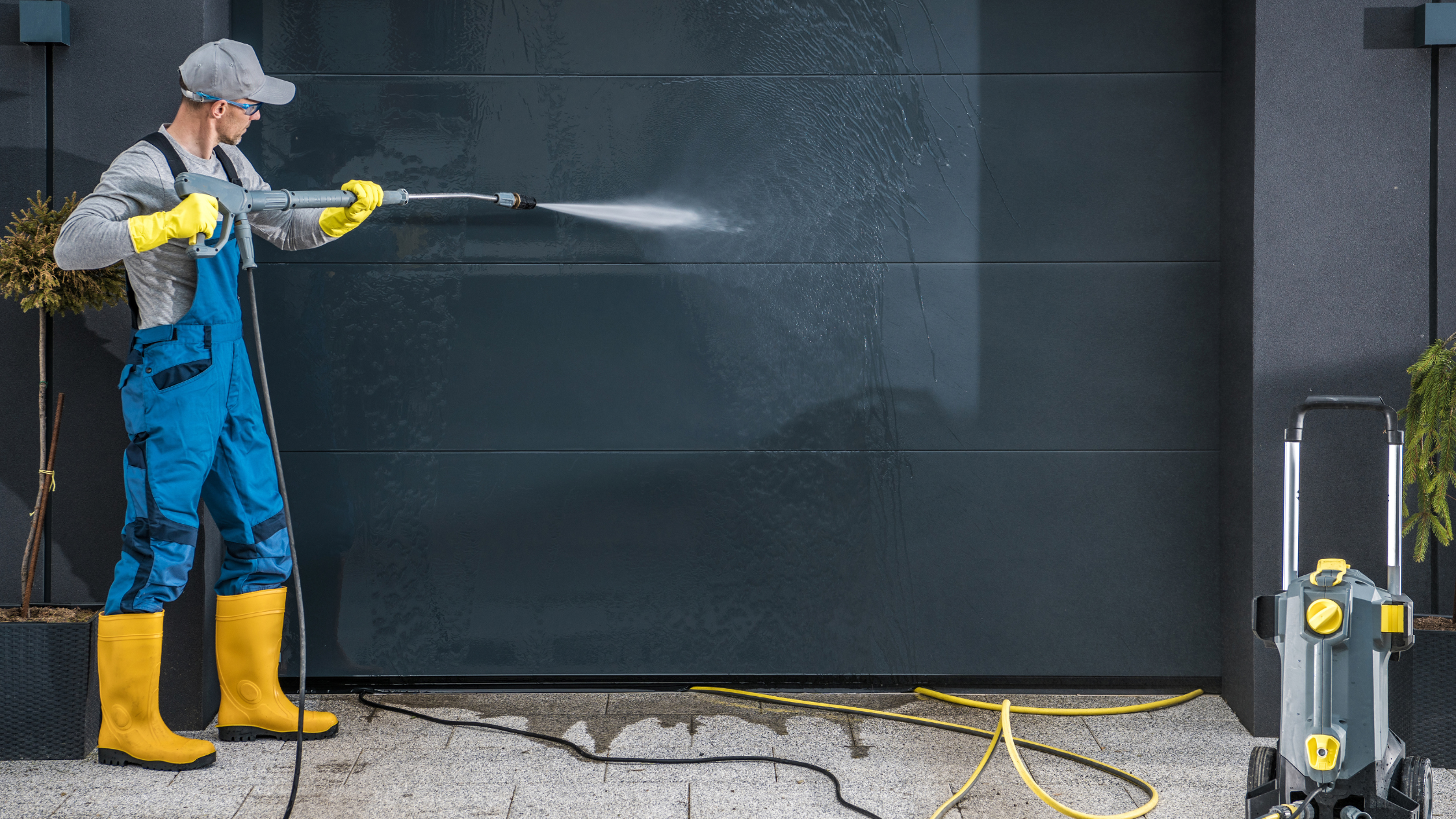
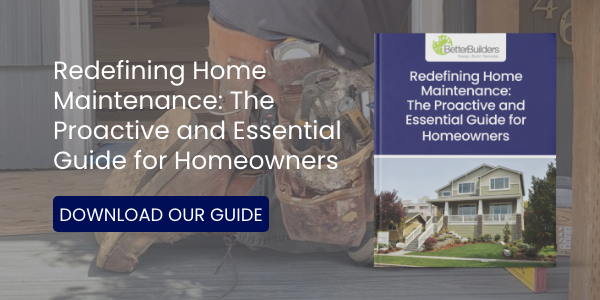
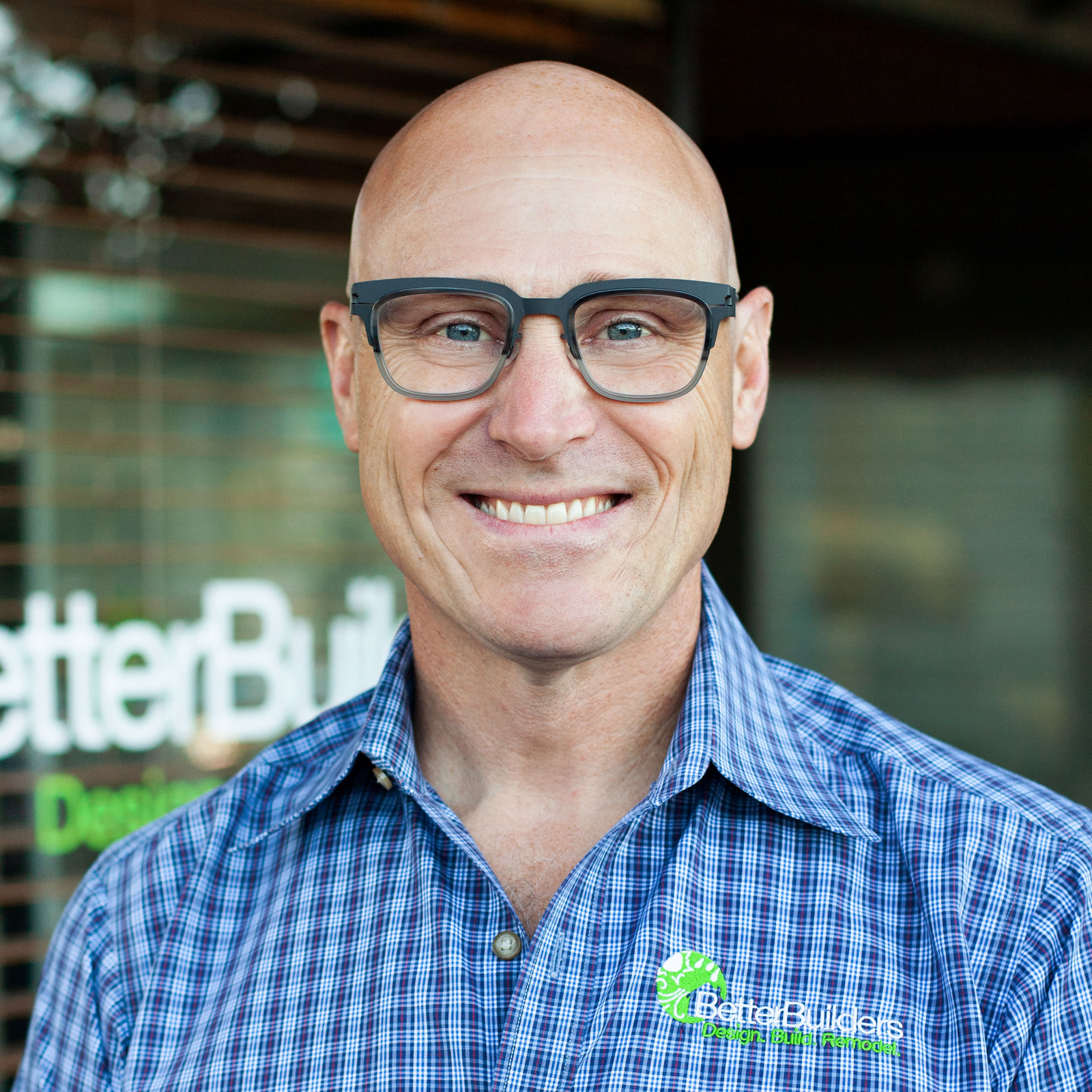

.png)
.jpg)
